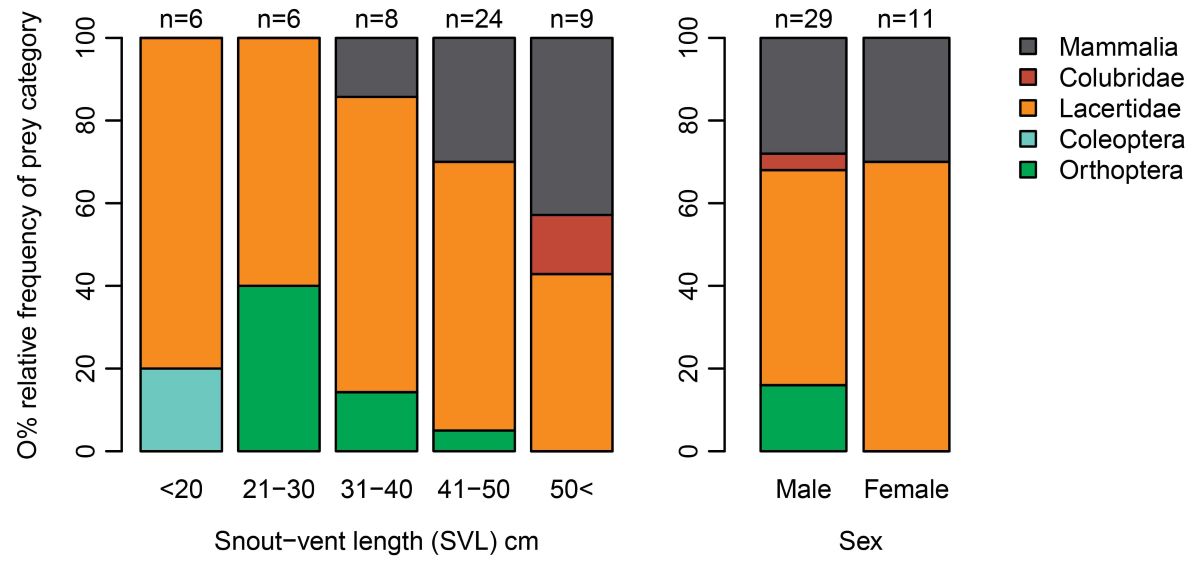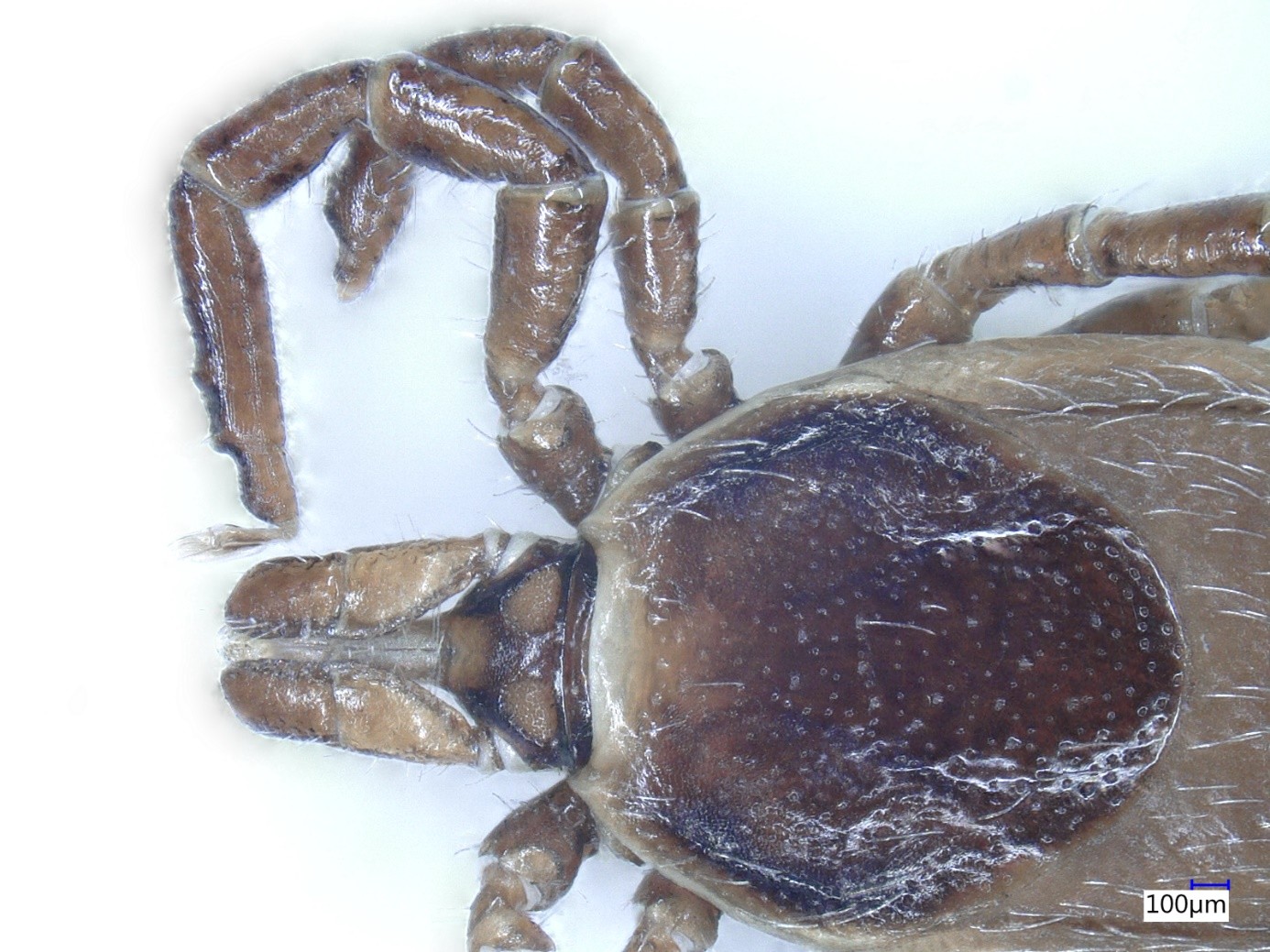Although Prone to Cannibalism, Smooth Snakes Pose No Threat to the Hungarian Meadow Viper
Despite their tendency toward cannibalism, smooth snakes (Coronella austriaca) do not pose a threat to the endangered Hungarian meadow viper (Vipera ursinii rakosiensis). A recent study by the HUN-REN Centre for Ecological Research provides new insights into the distinctive feeding habits of this little-studied snake species.
The smooth snake is widespread across much of Europe and western Asia and is relatively common in Hungary. However, researchers emphasise that ecological data on this species—particularly regarding its habitat preferences and diet—remain limited. Previous studies have shown that it primarily preys on lizards, but also consumes small mammals and, occasionally, other snakes, including vipers.
This observation prompted the researchers to conduct a more detailed investigation, as smooth snakes also occur in one of the core habitats of the endangered Hungarian meadow viper—the Kiskunság region. Due to their feeding habits, smooth snakes could potentially pose a threat to the already vulnerable population. To explore this, the researchers—including those from the HUN-REN Centre for Ecological Research—conducted a dietary analysis and examined how the smooth snake’s habitat preferences relate to the availability of other reptile species that may serve as prey.
To study their diet, the team captured smooth snakes and analysed their faecal samples to identify prey remains, before releasing the snakes unharmed back into their original habitat. To explore habitat-use relationships, they applied two-species occupancy modelling—a method used to determine whether the occurrence of two species within the same area is independent or ecologically linked. The analysis was based on data from the region’s detailed reptile monitoring programme.

According to the analysis, smooth snakes fed primarily on lizards—particularly the eastern green lizard (Lacerta viridis), the Balkan wall lizard (Podarcis tauricus), and the sand lizard (Lacerta agilis). In addition, adult snakes frequently preyed on small mammals, while juveniles mostly consumed orthopteran insects such as grasshoppers. Researchers also occasionally found beetle remains and signs of cannibalism; in one case, an adult male had consumed a younger individual. No remains of Hungarian meadow vipers were detected, suggesting that the smooth snake is not a significant predator of this endangered species. Even if occasional predation does occur, its impact is likely to be negligible.
In terms of habitat use, the model results indicate that smooth snakes are more likely to occur in areas where their main prey—the eastern green lizard, Balkan wall lizard, and sand lizard—are present. However, their occurrence is independent of that of the Hungarian meadow viper. This further supports the conclusion that the smooth snake is not a significant predator of the viper and does not pose a threat to its survival.
In addition to their findings, the researchers suggest that future studies should investigate prey selection in greater detail to determine whether the smooth snake shows a preference for specific types of prey. This would contribute to a better understanding of its long-term feeding strategy. They also highlight the importance of identifying the factors that influence prey selection across different regions and assessing the impact of smooth snake predation on populations of its preferred prey species—particularly lizards.
(Photo Credit: Bálint Wenner)

